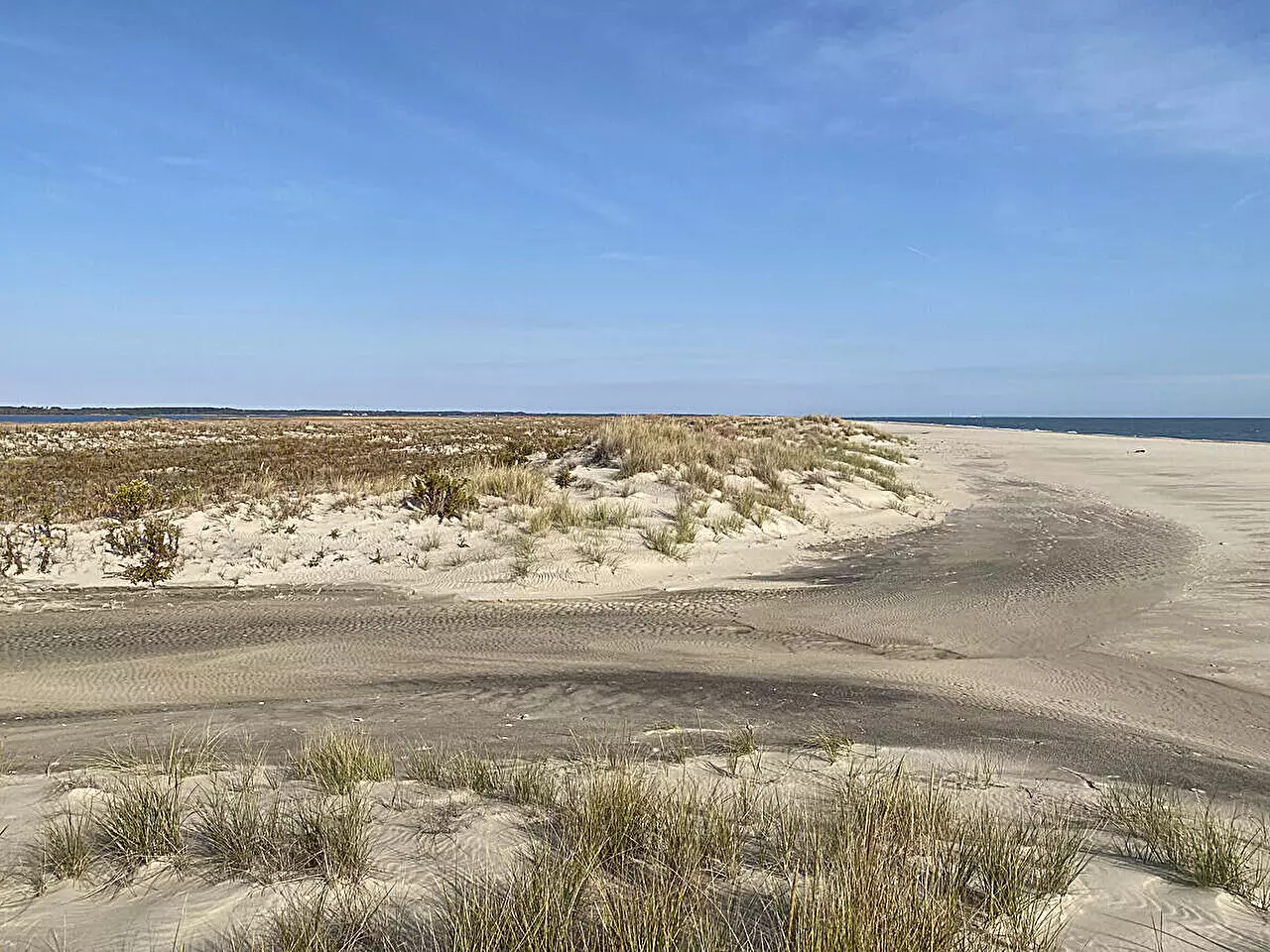Barrier islands play a vital role in protecting coastlines from the direct impacts of storms and sea-level rise. These islands, made primarily of sand, are constantly changing and evolving due to environmental factors. With the looming threat of climate change and increased human development, the natural processes that shape these islands can be disrupted, leading to potential ecological consequences. Julie Zinnert, a professor at Virginia Commonwealth University, along with her colleagues, has conducted research to understand how dune dynamics impact ecosystems on adjacent interior islands in Virginia.
Barrier islands are essential components of coastal landscapes, acting as buffers that shield landward areas from the destructive forces of storms. These islands are characterized by their sandy composition and their ability to respond to environmental factors such as winds, waves, and tides. They are especially prevalent along sandy and shallow sloped coastlines, where they provide crucial protection to coastal communities. However, with the rise in sea levels, barrier islands are forced to migrate landward to adapt to changing conditions. The undeveloped nature of the Virginia barrier islands allows researchers to study how these natural processes unfold and how they respond to climate change drivers.
Dunes, a prominent feature of barrier islands, play a crucial role in determining the resilience of habitats located landward of these islands. The elevation of dunes influences the extent to which these habitats are susceptible to disturbance from high water events, including sea-level rise, storms, and high winds. Research conducted by Zinnert and her team revealed that areas with lower dune elevations experienced higher levels of disturbance, as evidenced by higher soil salinity, lower soil carbon content, and reduced vegetation cover. Furthermore, sediment availability is a key factor in dune building, with certain species of dune-building grasses accreting more sediment than others. The expansion of certain grass species, such as bitter panic grass, is attributed to the warming climate in the region, highlighting the interconnectedness between climate change and ecosystem dynamics.
Zinnert’s work with climate modelers to predict future scenarios for barrier island landscapes is crucial for understanding how these ecosystems may evolve in the face of climate change. By parameterizing models with data on dune dynamics and sediment accretion, researchers can better predict the impact of climate change on carbon storage within these islands. This information is valuable for informing conservation efforts and land management strategies to mitigate the effects of climate change on coastal ecosystems. Additionally, ongoing research proposals aim to evaluate future conditions along the mid-Atlantic coastline and Gulf coasts, providing insights into how these regions may be affected by changing environmental conditions.
The study of dune dynamics on barrier islands in Virginia sheds light on the intricate relationship between natural processes and human-induced disturbances. By understanding the mechanisms that govern these ecosystems, researchers can better assess the vulnerability of coastal landscapes to climate change and develop strategies to protect and preserve these vital ecosystems for future generations.


Leave a Reply